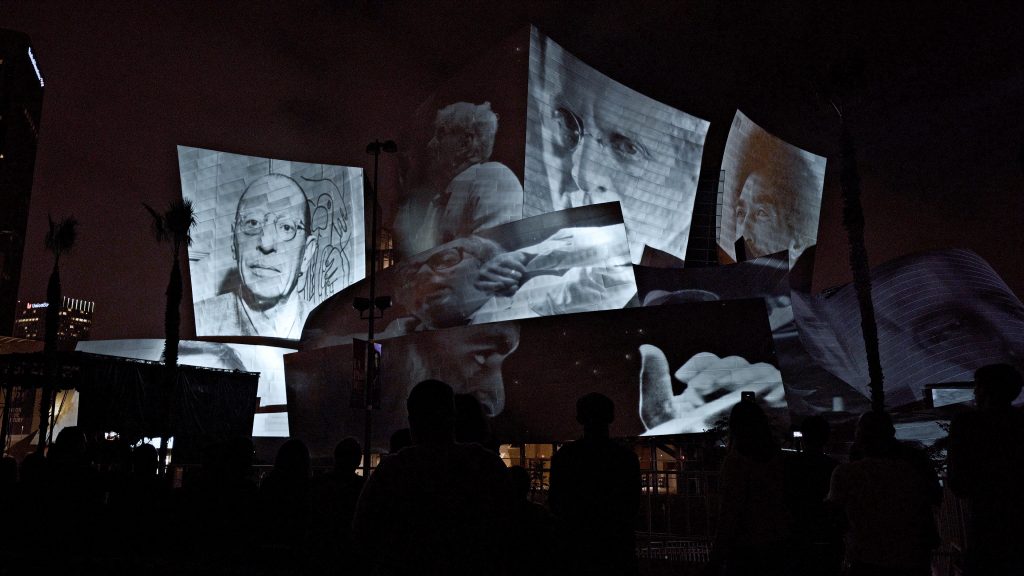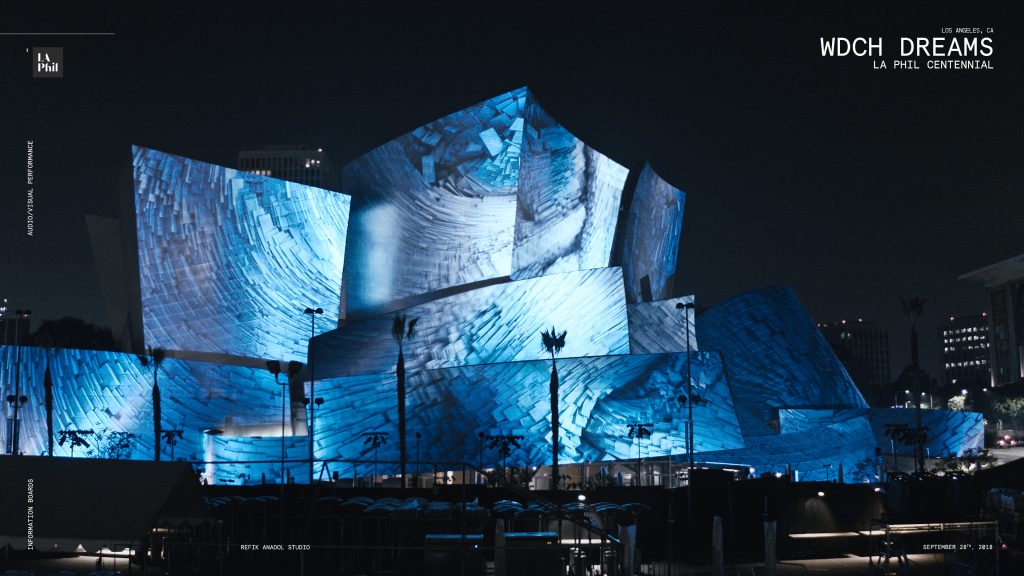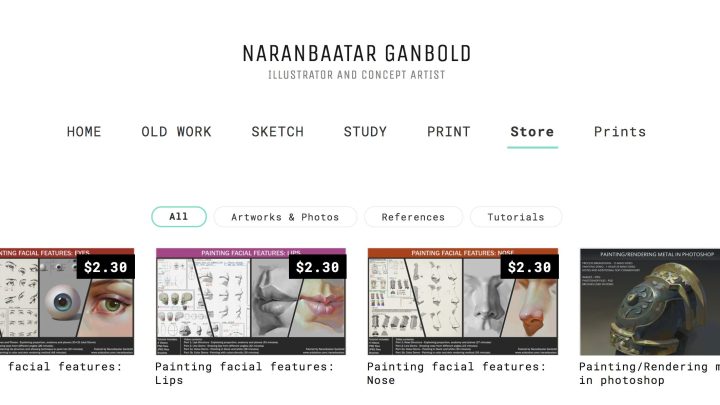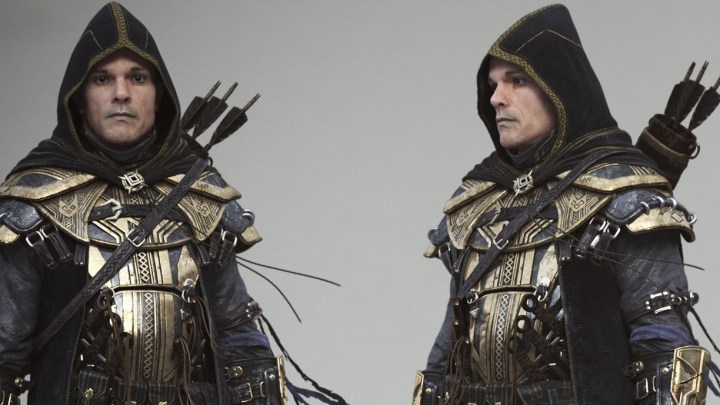Unreal Journey: Experience Design
 Advancements in technology have not only transformed the way artists can create for digital and virtual spaces but have also made it possible to design stunning interactive visual experiences for the real world.
Advancements in technology have not only transformed the way artists can create for digital and virtual spaces but have also made it possible to design stunning interactive visual experiences for the real world.
To help navigate through all the emerging opportunities in 3D, ArtStation and Unreal Engine have put together the Unreal Journey series in collaboration with artists to educate aspiring artists with everything they need to know to succeed.
In this Unreal Journey, explore the role of an experience designer, blending physical spaces with technology.
The Job
As an experiential designer, creativity and a sense of discovery are essential qualities. You create immersive experiences that blend technology and physical spaces.
Whether it’s a theme park, concert, museum, retail, or corporate installation, you communicate through the built environment. Experiential designers apply real-time technology to seamlessly blend the real world with the virtual.
Education
Experienced designers may work with audio, video, prototyping and 3D modeling, lighting, and rendering.
Some positions require a degree in interaction design, human-computer interaction, or a related field.
Conceptual knowledge
- Elements and principles of design
- Composition
- 3D modeling
- Cinematic lighting
- Visual storytelling
- Human-computer interaction
Read more in the Creator’s Field Guide >
Unreal Success Story: Ho Man Leung
Ho Man’s experience with Unreal began when they took a Virtual Reality class as part of the Design and Media Arts program at UCLA.
“I dabbled with Unreal Engine a couple of times ever since it went free back in 2015, but had never done anything serious with it, so I figured it was time to learn. I had very little programming knowledge at the time (very little Java, processing, and C#), so the node-based nature of shaders and blueprints was extremely welcoming to me. After having watched a bunch of tutorials and made a few high visual fidelity projects, I got referred to a professor/media artist. He was looking for a VR engineer/artist with proper art education, so I fit his criteria.”
Ho Man is now the lead visual designer at Refik Anadol studio in Los Angeles, designing unique interactive experiences.
“In 2018 we did a project called WDCH Dreams, where we used 42 projectors to cover the entire façade of Frank Gehry’s Walt Disney Concert Hall in Los Angeles. We had very little on-site time to test and “feel” our visuals, so I ended up making a VR experience of downtown LA with a focus on WDCH. I implemented real scale projection setups, so we were able to test content on the fly without having to resort to on-site testing. The setup was used not only for in-house testing but also for client meetings and press content renders, thanks to Unreal’s high-quality visuals.”
A Day in the Life
“My roles have shifted a bit ever since I became a lead visual designer (my title used to be VR Engineer), but the way I use Unreal Engine hasn’t changed too much. Our studio works are mainly focused on large scale visual experiences, so I would usually use Unreal to make pre-visualizations of those spaces. I would incorporate all of the high-end rendering features like ray-tracing to make realistic environments to simulate our projects. I also am tasked with creating generative visuals with both Houdini and Niagara. Niagara has become a “mini Houdini” to me, where I can sketch generative ideas that were previously difficult to create within the engine, and render them realtime.”
Discover more Case Studies of Unreal Engine in Experience Design >
What To Show in Your Portfolio
“I think this field tends to be visually oriented, but it’s always great to see portfolios with a good understanding of technical art. A concrete design background is a big plus too.”
Set up your ArtStation portfolio >
First Steps
“Watching tutorials and learning is an obvious choice, but I also want to stress the benefits of educating yourself with proper design principles. Learn about design history. Develop an understanding of how modern/contemporary design has come to be and applying that to your own experiences that can make your art really stand out. It’s easy to fall into making cliche-ed, overdone imagery. Having a strong background in design can help you stay away from that.”
Pro Tip
“I recommend having a basic knowledge of programming,. Having it in your arsenal makes a world of difference in your understanding of your craft. Don’t be afraid to try out new software because most of the time, you’d find yourself jumping across multiple softwares anyway. You don’t need to be a master of all them, but knowing how to navigate in them will help you connect with your team.”
Want to be inspired and find more Unreal artwork?
Get Started
Creator’s Field Guide to Emerging Careers in Interactive 3D
More Unreal Journeys
All images and video courtesy of Refik Anadol Studio.























